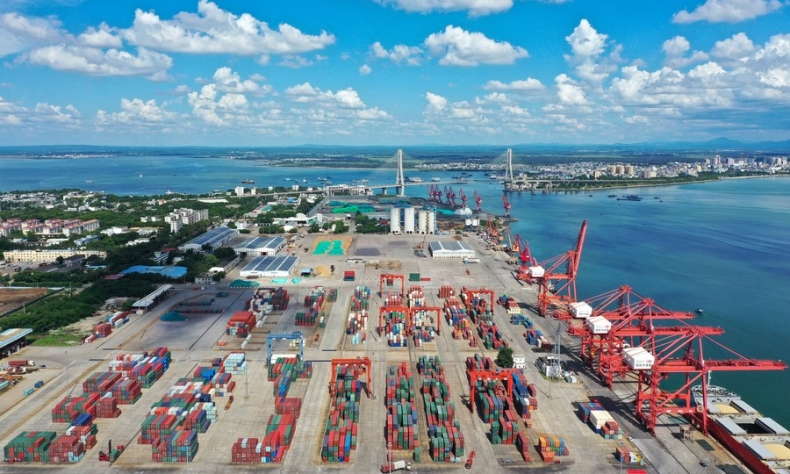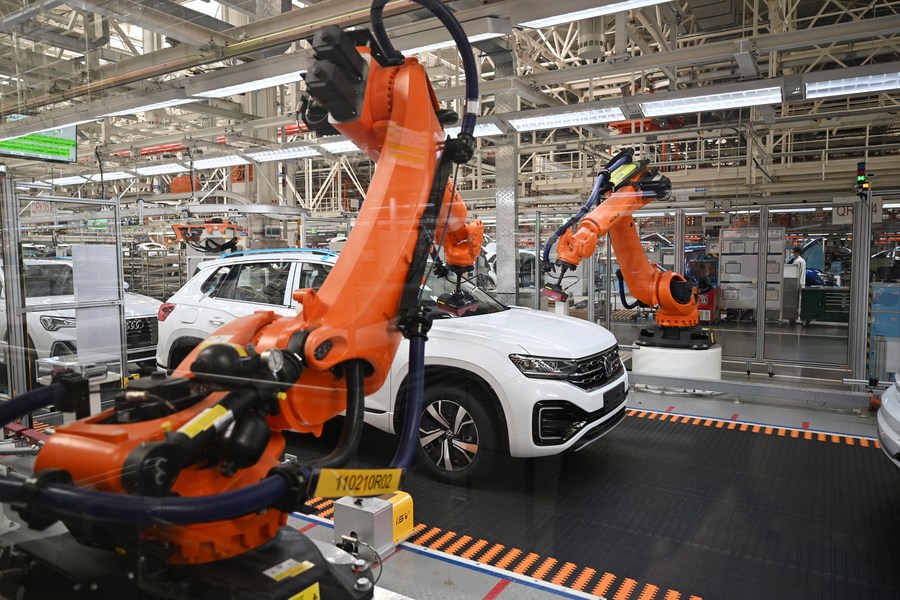Stimulus to Stabilize

Government policies, market environment and expectations all impact investor decision-making. The world may take a cue from China’s economic recovery and adopt an open and cooperative attitude toward all so as to salvage the global economy.
The past couple of months have seen the Chinese economy getting out of the woods: Inbound investment is on the rise, as is infrastructure input, petrol consumption is on the up and home appliance sales flourish once again. All these suggest the stimulus measures introduced to stabilize the economy in late May are working well.
This year, the resurgence of COVID-19 cases has wreaked havoc on the economy, particularly in big cities like Beijing and Shanghai. Internationally, the war in Ukraine and aggressive U.S. Federal Reserve monetary policies, among other factors, have strained the economy. As a result, the Chinese economy experienced a downturn between late March and mid-May. In response, China’s State Council announced a package of 33 measures covering fiscal, financial, investment and industrial policies on May 31, including scaled-up efforts to implement value-added tax credit refunds. The extra refunds from this policy are expected to reach 1.64 trillion yuan ($235.6 billion) this year. Tax and fee cuts are used to steadily increase the consumption of major products like cars and home appliances and attract foreign investment.
The measures’ effective application has now reversed the downward spiral of the Chinese economy. According to statistics from the National Development and Reform Commission and Ministry of Commerce, over the course of June and July, inbound capital amounted to 234.1 billion yuan ($33.6 billion), accounting for 30 percent of the total for the first seven months of this year and up by 23 percent year on year. In July, infrastructure investment (excluding electric power) rose by 9.1 percent over the same period last year and maintained this rebound tendency in August. Reports from nine central state-owned infrastructure enterprises listed on the A-share market reveal that by August 31, all nine had turned a profit, with their revenues up by 13.9 percent and net profits up by 11.8 percent year on year. In August, the production and sales of cars reached 2.39 million and 2.38 million, a year-on-year jump of 38.3 percent and 32.1 percent, respectively.

The rest of the world may extract several points from China’s stimulus measures to lift the global economy out of its slump.
Open, inclusive and mutually beneficial economic policies are key to sustaining economic growth. The 33 measures put forward in May treat all economic entities and all types of capital as equals. With support from the Central Government, privately run and foreign-funded companies in particular now have high hopes for steadied production and business operations.
Economic activities are essentially human-centered events. Government policies, market environment and expectations all impact investor decision-making. The world may take a cue from China’s economic recovery and adopt an open and cooperative attitude toward all so as to salvage the global economy.
The Chinese economy has managed to absorb external shocks coming in from three fronts: COVID-19 flare-ups almost suspending all business activities in big cities like Beijing and Shanghai; the war in Ukraine sending energy and grain prices soaring; and the U.S. Federal Reserve sharply raising benchmark interest rates and subsequently reaping the economic benefits in emerging markets by attracting capital to the U.S., further intensifying China’s economic squeeze.
Despite the triple pressure, the Chinese economy swiftly bounced back, showcasing a strong resilience amidst headwinds.
China is committed to maintaining world peace and development, opposing regional conflicts and preserving social stability. The international community needs to evaluate how to make good use of China’s abilities in the post-COVID-19 era to replace menaces plaguing the current world with peace, development and prosperity.
 Facebook
Facebook
 Twitter
Twitter
 Linkedin
Linkedin
 Google +
Google +










